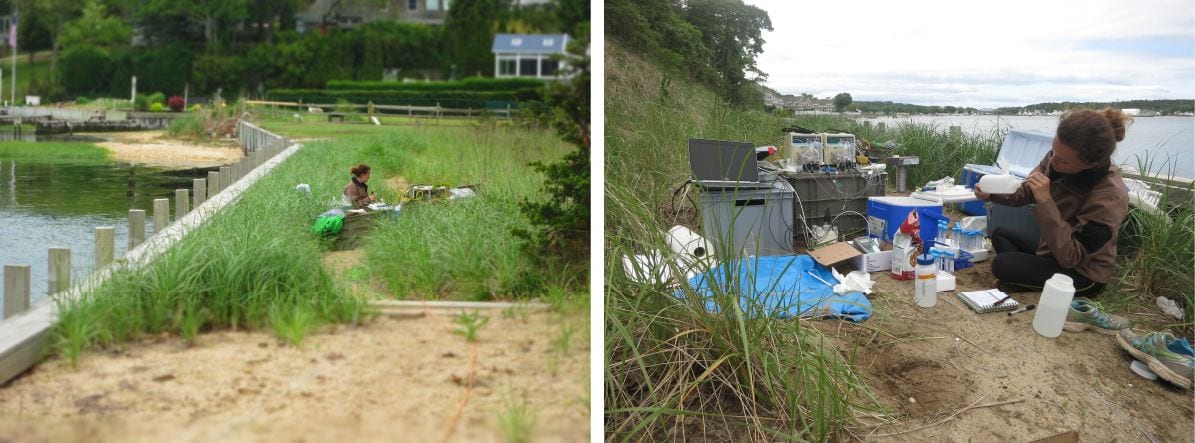The excessive input of nutrients (e.g., from untreated wastewater and fertilizers application) relates to coastal eutrophication, hypercapnic hypoxia, and harmful algal blooms, which represent emerging problems in many coastal ecosystems worldwide. A significant portion of nitrogen input into coastal waters comes with submarine groundwater discharge. In collaboration with the Center for Clean Water Technology we investigate novel wastewater treatment technologies (e.g., nitrogen removing biofilters, constructed wetlands) and groundwater treatment options (e.g., permeable reactive barriers) to reduce nitrogen input into coastal waters.

Besides field sampling campaigns we use laboratory “column-type” approaches to study biogeochemical processes in these systems with the ultimate goal of optimizing configuration and/or operation to yield maximal nitrogen removal performance and system resilience.
